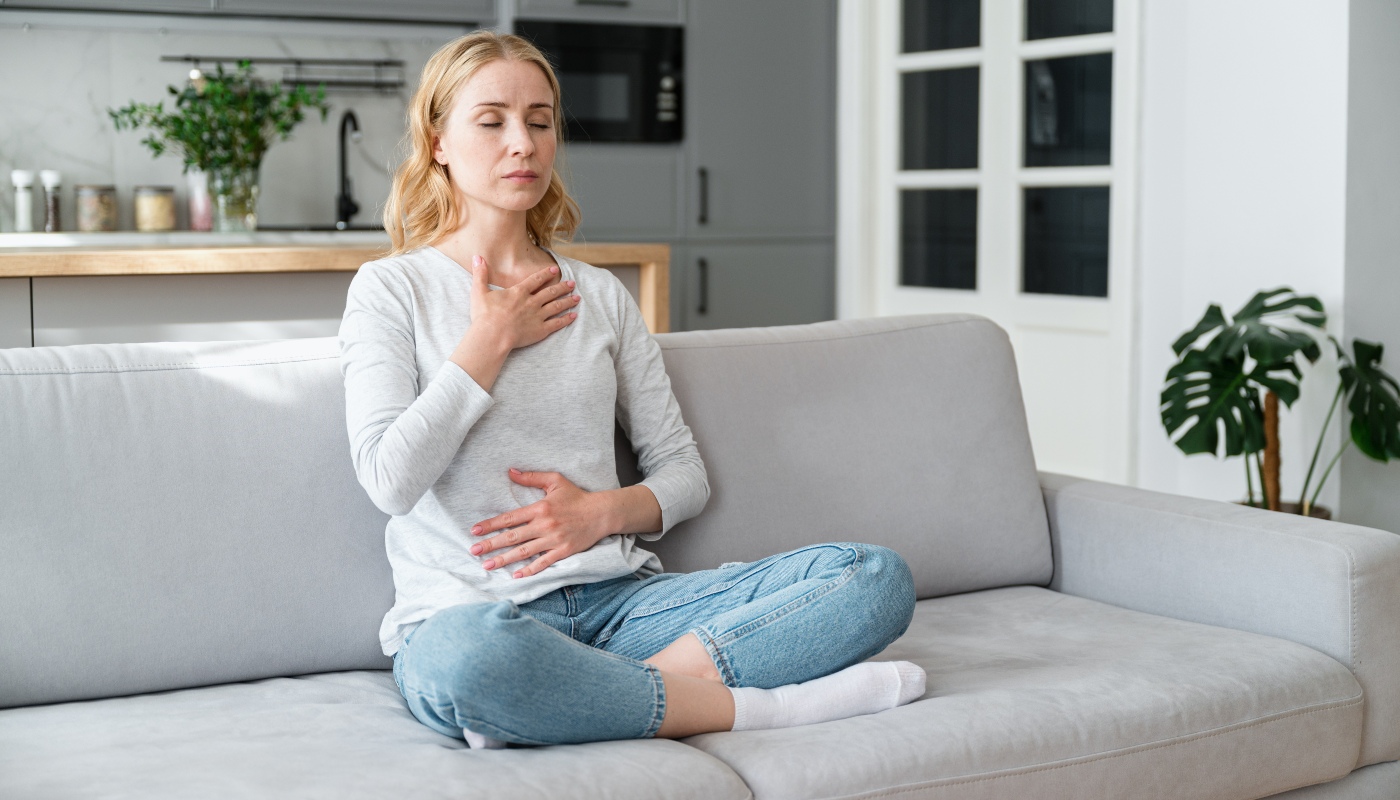The importance of conscious breathing in health
Discover the health benefits of conscious breathing. We tell you how to do it and how to improve breathing to relax.
health and beauty
Share

Breathing is the first thing we do when we are born, it’s so automatic subconscious that, often, it isn’t that we forget to breathe, it’s that we forget to do it properly and only breathe superficially. We take in the minimum amount of oxygen that our body needs to survive. In addition, the fast pace of life and stress we carry don’t help in maintaining conscious and relaxed breathing which helps to oxygenate our body. Through breathing, we manage our emotions, we detox the body and mind, we regulate our mood, we release pent-up energy and relieve muscle pains.
What is conscious breathing?
Conscious breathing, as its name suggests, is pausing and feeling what we are doing, no longer living in automatic pilot mode. Despite this concept being used a lot in yoga studios and relaxation workshops, it's proven that pausing and focussing only on our breathing can help us to improve our lives. Breathing is related to the function of the diaphragm, it’s what we call abdominal or diaphragmatic breathing, a type of deep conscious breathing which enables us to use the whole lung, not just half or the top third, as happens with rapid superficial breathing.
In abdominal breathing, the air enters through the nose and moves towards the stomach as the diaphragm contracts, which makes the abdomen expand and the lungs fill with air. In comparison with thoracic breathing, abdominal breathing not only provides more oxygen, but is also more efficient because it presses the lungs downwards.

How to improve breathing for relaxation?
In terms of breathing techniques, there are various different types of exercises. In fact, nowadays, there are mobile applications specialised in this type of exercise to help us with guided and conscious breathing. Although the ideal way of doing this activity is to keep away from any stimulus or electronic device so we can concentrate better and have the minimum interference possible. Although we can use them at the beginning as a guide until we are able to internalise the exercises.
Conscious breathing is a basic and easy exercise for acquiring new conscious breathing routines. To do so, place the left hand on the chest, the right hand on the stomach and breathe deeply, feeling just the movement of the hand on the stomach. Doing it while lying down enables us to be more relaxed. You can breathe through the nose or mouth; the important thing is to work the diaphragm, which also massages the internal organs when you move.
Breathing in 4-7-8 for combating insomnia
This exercise is useful for falling asleep and helps us to relax more. Lie down, inhale for four counts (which aren’t four seconds, but a faster pace), hold the breath for seven counts and exhale, gently opening the lips for eight counts. Counting helps us to keep our minds focussed on what we are doing and, therefore, prevents it diverting towards other types of thoughts.






